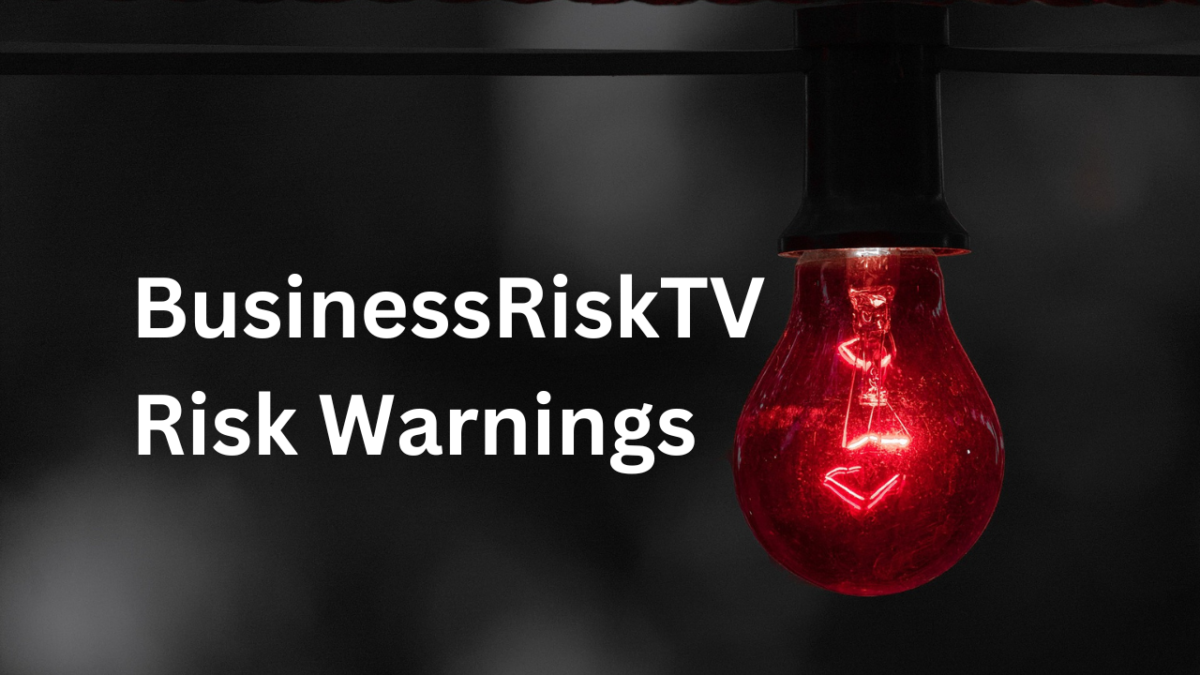12 Reasons Why Business Leaders Should Be Worried About Banking Industry Bond Losses
A U.S. Banking and Economy Expert’s Perspective
As a U.S. banking and economy expert, I’m deeply concerned about the potential materialisation of significant bond losses within the banking industry. The recent news of Bank of America experiencing a staggering $109 billion loss in its bond portfolio during the first quarter of 2024 serves as a stark warning sign. This isn’t an isolated incident, and business leaders across America and the globe would be wise to heed this call.
Here are 12 key reasons why banking industry bond losses should be a major concern for business leaders:
1. A Domino Effect: Banks are interconnected. Losses at one institution can trigger a chain reaction, causing instability and potential failure within others. This could disrupt lending, credit markets, and overall economic activity.
2. Tightened Lending: If banks experience significant losses, they may become more cautious in their lending practices. This could restrict access to capital for businesses, hindering growth and investment.
3. Market Contagion: Banking industry pain can quickly spread to other sectors. Stock markets could plummet, eroding investor confidence and impacting business valuations.
4. Global Financial Crisis Echoes: The 2008 financial crisis serves as a stark reminder of how interconnected financial institutions are. A banking collapse could trigger a similar global crisis with devastating consequences.
5. Interest Rate Uncertainty: While the Federal Reserve has signalled no change interest rates could call in 2024, U.S. inflation had risen for the last 5 months, the geopolitical world indicates rising fuel placing more pressure on price rises and unemployment and wages indicate a need for higher for longer interest rates. Rising rates in the future could further exacerbate banking industry bond losses yet to fully be realised. They are already there they just have not been recognised fully.
6. Corporate Bond Exposure: Many businesses rely on corporate bonds for financing. If these bonds lose value due to bank selling or defaults, it could strain corporate finances and lead to bankruptcies.
7. Consumer Confidence Decline: Public trust in the banking system is crucial for a healthy economy. Widespread news of bank losses could erode consumer confidence, leading to decreased spending and investment. It could also spark a run on banking deposits, accelerating the collapse of banks.
8. Disruptions in Trade Finance: Banks play a critical role in facilitating international trade. Banking instability could disrupt trade finance, impacting global supply chains and raising import/export costs for businesses.
9. Increased Borrowing Costs: Even if banks continue lending, borrowing costs are likely to rise as banks become more risk-averse. This could squeeze profit margins for businesses.
10. Difficulty Managing Debt: Many businesses, especially those that borrowed heavily during low-interest-rate periods, could struggle to manage their debt if interest rates rise due to bank losses.
11. Reduced Investment in Infrastructure: A financial crisis often leads to decreased government spending on infrastructure projects. This could hinder economic growth and create bottlenecks for businesses.
12. Erosion of Business Confidence: Uncertainty surrounding the banking system can create a climate of fear and hesitation among business leaders. This could lead to delayed investments and hiring freezes.
What Should Business Leaders Do?
Given these significant concerns, here are some proactive steps business leaders can take to protect themselves:
- Diversify Funding Sources: Reduce reliance on bank loans by exploring alternative financing options, such as private equity, venture capital, or asset-based lending.
- Strengthen Balance Sheets: Focus on building strong cash reserves and reducing debt levels to weather potential economic storms.
- Stress Test Your Business: Conduct stress tests to see how your business would fare in various economic scenarios, including a banking crisis.
- Develop Contingency Plans: Formulate contingency plans to ensure continuity of operations in case of disruptions in credit markets or banking services.
- Stay Informed: Closely monitor economic news and developments within the banking industry to make informed business decisions.
- Advocate for Stability: Work with policymakers and regulators to advocate for measures that promote a more stable and resilient banking system.
The current situation in the banking industry is a cause for concern, but it’s not a reason to panic. By taking proactive steps, business leaders can mitigate risks and ensure their businesses are positioned to weather any potential economic storm. Remember, a healthy banking system is essential for a healthy economy, and its stability benefits everyone.






